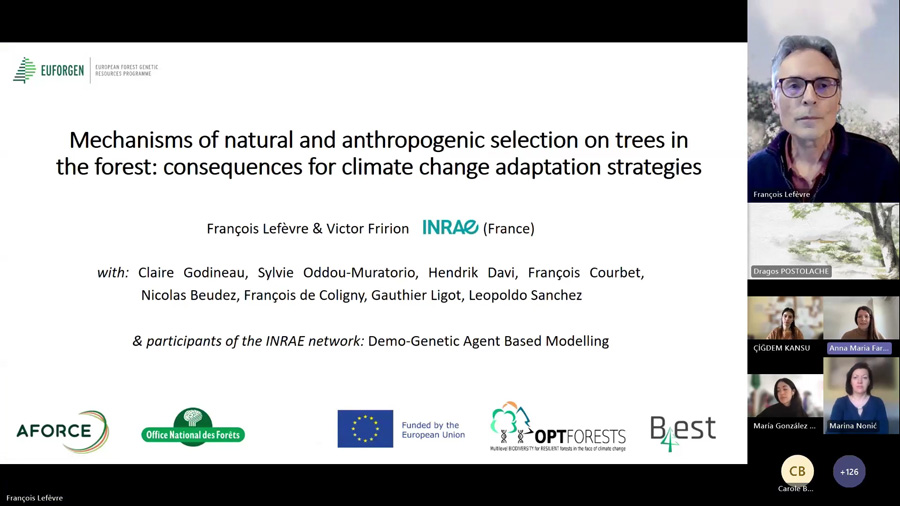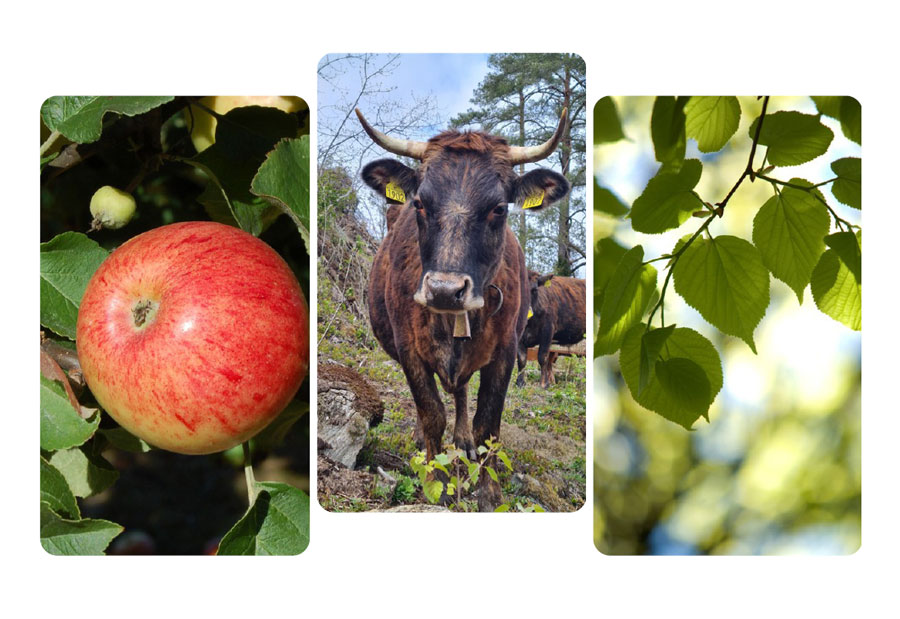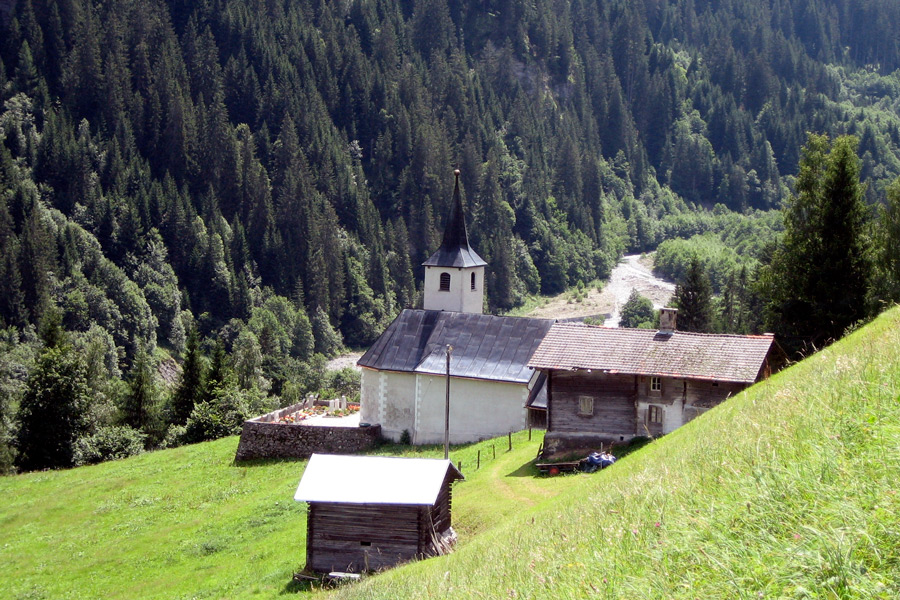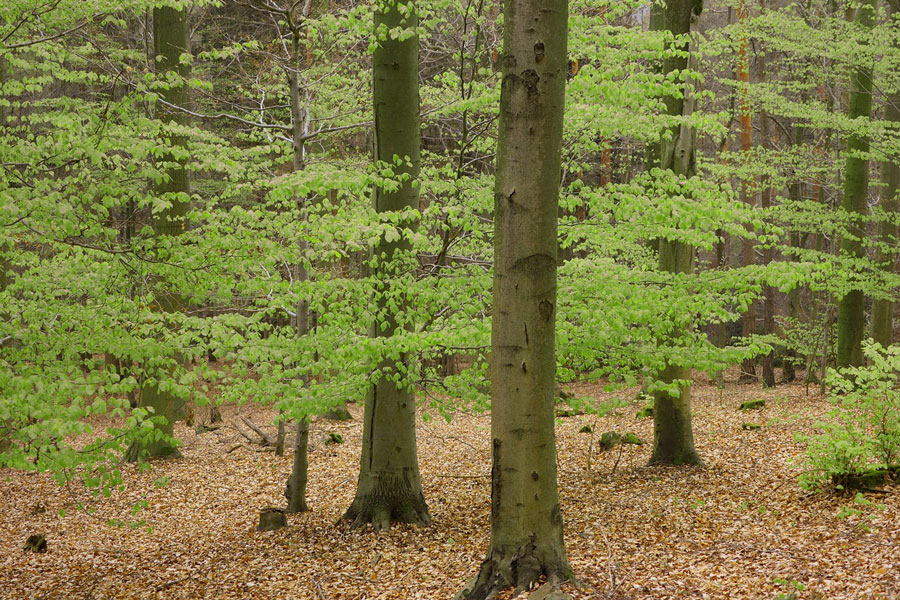On the move – forest tree seeds and seedlings in trade
About 30 million tree seedlings and 400 tonnes of tree seed are traded within the European Union each year. Despite its size, until now there has been no good information about this trade, so these figures could well be an underestimate, especially for seeds. A new study by Simon Jansen and his colleagues at the Austrian Research Centre for Forests draws together existing data and sheds light on the flows of this forest reproductive material (FRM).
The artificial regeneration of forests - deliberately sowing seeds or planting seedlings - has increased steadily over the past few centuries. Today, it is estimated that almost a third of European forests are artificially regenerated, often with FRM from outside the area. However, there is little information on the impact of this FRM on local forests. In addition, while the first EU regulation on marketing of FRM, implemented in 1966, recognised the importance of cross-border traceability, keeping records of flows and monitoring those records has not been a priority.
The Austrian researchers used national datasets to compile information on FRM flows for eight species: Norway spruce, scots pine, maritime pine, European beech, European ash, pedunculate oak, sessile oak, and red oak.
The overall totals of 30 million plants and 400 tonnes of seed a year, gathered from the data for 2004-2014, hide interesting details. Norway spruce is by far the most popular species, accounting for 82% of all tree seedlings in cross-border trade. European beech and pedunculate oak together comprise 12% of the total, and the remaining 6% was more or less evenly distributed among the remaining five species.
Trade in coniferous FRM is dominated by Scandinavia and the Baltic countries, while broadleaved species are traded more in Central Europe. FRM trade and production is multinational; most countries trade seed and seedlings of non-domestic origin in addition to their local FRM. For example, Germany trades Norway spruce seedlings of Polish and Lithuanian origin. The majority of recorded FRM transfers are in accordance with seed transfer guidelines. However, some movement of FRM occurs that goes against ecological recommendations, such as a southward transfer of Nordic provenances that is associated with a decrease in performance.
Because the EU does not collect data on the production and trade of FRM centrally, the responsibility for documentation falls on member states. This creates a couple of problems. One is that currently data are really only reliable for the movement of plants, that is tree seedlings, because precise data for seeds are lacking. This is an issue because the number of seeds traded exceeds the number of plants by far, in terms of the potential number of seedlings that could be produced. A major difficulty is accounting seed transfers for contract production. This is when FRM is sent abroad as part of a plant production programme, to be grown in a foreign nursery before being re-introduced to the country of origin.
Each transfer of non-local FRM could alter the genetic make-up of native tree populations, and so it is crucial to know the identity of the seed sources used. Which population of trees did it come from?
“This is important because tree populations are being fragmented and the number of trees in each unit is falling, as a result of changes in land use and climate,” said Simon Jansen. “This increases the vulnerability of forests to genetic drift or genetic pollution”.
FRM trade statistics can provide essential information on the genetic patterns of European forests. As a practical matter, good documentation of FRM trade can help to evaluate how tree populations will cope with future climates.
The crucial lessons of the study, according to its authors, are the need to strengthen the implementation of existing regulations on trade in FRM nationally and internationally and to harmonize data collection across the EU.
Original article:
Donors and partners: This work was supported by the 7th EU Framework Programme (Project: FORGER Towards the Sustainable Management of Forest Genetic Resources in Europe).

Related Links
- Forest reproductive material - introduction
- Use and transfer of forest reproductive material in the face of climate change - publication










